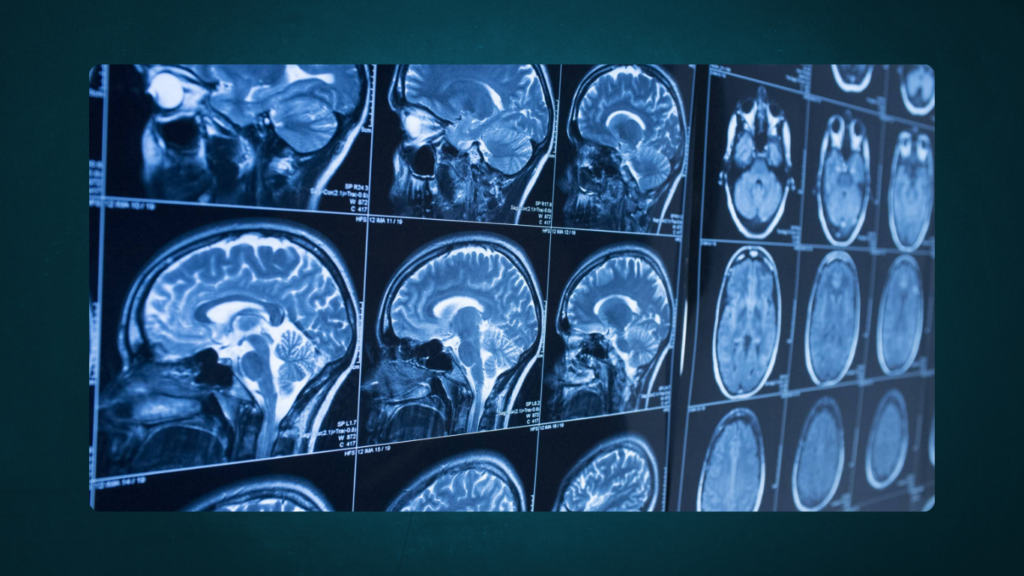A recent case-control study, published in Translational Psychiatry, explored the effects of mild COVID-19 on the brain structure and memory function of adolescents and young adults. Conducted in Lombardy, Italy, a region hit hard by the pandemic, the study used MRI scans and cognitive tests to assess how the virus impacted individuals with mild COVID-19 compared to healthy controls. The results showed notable reductions in brain volume and functional connectivity in areas crucial for memory, like the hippocampus and amygdala. These changes were tied to a decline in spatial working memory, although no significant differences were found in overall brain connectivity, suggesting that the effects were concentrated in specific regions rather than spread across the entire brain.
Overview of the Study

The research drew participants from the Public Health Impact of Metal Exposure (PHIME) cohort, a long-term investigation of young people in northern Italy. Of the 207 participants aged 13 to 25, 40 took part in follow-up assessments after COVID-19 restrictions were lifted—13 had contracted mild COVID-19, confirmed through RT-PCR tests, and 27 had not. The participants, with an average age of 20.4, underwent cognitive testing focused on spatial working memory using the Cambridge Neuropsychological Test Automated Battery (CANTAB), alongside MRI and functional MRI scans to assess brain structure and connectivity.
Main Findings
One of the key discoveries was the reduction in brain volume in the left hippocampus of those who had mild COVID-19. Functional connectivity was also lower in both the left hippocampus and left amygdala—areas that play vital roles in memory and emotional regulation. These changes were linked to difficulties in spatial working memory, an essential cognitive function.
In addition to these findings, decreased connectivity was observed in the orbitofrontal cortex, which is involved in decision-making and sensory integration. However, whole-brain connectivity between COVID-positive and control groups showed no significant differences, suggesting that these neurological disruptions were localized rather than global.
Background
While COVID-19 is primarily known for its respiratory symptoms, it’s becoming clearer that the virus can also affect the brain and nervous system. Many patients, especially those with severe cases, report neurological issues such as headaches, loss of smell, and cognitive difficulties. Previous studies have shown that COVID-19 can reduce gray matter volume in regions of the brain like the hippocampus and amygdala, which are essential for memory and emotional health.

Although research has focused mostly on older adults and those with severe cases, adolescents and young adults—who make up a large portion of COVID-19 infections—are also experiencing lasting cognitive symptoms. These younger individuals are still in a critical phase of brain development, making any impact on brain function during this time particularly concerning. Since cognitive functions like spatial working memory are heavily influenced by social interactions and environmental stimuli, the disruptions caused by the pandemic may have lasting effects on this age group.
Discussion and Implications
The findings of this study raise important questions about how mild COVID-19 can affect cognitive function in younger populations. The observed reduction in hippocampal volume and functional connectivity in key brain regions may have long-term implications, especially considering the age of the participants. Adolescents and young adults are at a pivotal stage of brain development, and disruptions during this time could influence cognitive health down the road.
One of the study’s notable strengths is its longitudinal design. By comparing participants’ brain function before and after infection, researchers were able to clearly link COVID-19 to the structural and functional changes observed in the brain. This eliminates the possibility that these changes were pre-existing.
The amygdala’s role in mediating spatial working memory errors suggests that even mild infections can have a localized impact on cognitive function. The decrease in connectivity in the orbitofrontal cortex, involved in decision-making, further supports the idea that mild COVID-19 can lead to structural changes in specific brain regions.
Study Limitations
However, the study does have limitations. The relatively small sample size and lack of diversity in the participants may limit the generalizability of the findings. Additionally, the extended period between MRI scans and the use of antibody testing for COVID-negative participants could have introduced some confounding variables. Therefore, further research with larger, more diverse samples is needed to fully understand the long-term neurological effects of mild COVID-19.
Conclusion
In conclusion, this study provides important insights into how mild COVID-19 affects the brain in adolescents and young adults. The findings suggest that even mild cases can lead to significant, localized changes in brain structure, particularly in regions related to memory and cognition. These changes were linked to a decline in spatial working memory, though whole-brain connectivity appeared unaffected.
The localized nature of these changes underscores the need for continued research to understand the long-term cognitive effects of COVID-19 in younger people. Future studies will need to explore whether these brain changes are reversible and what interventions may help mitigate the cognitive impact of the virus. Understanding the neurological consequences of COVID-19 will be essential for providing the right support to adolescents and young adults recovering from the virus.

Subtly charming pop culture geek. Amateur analyst. Freelance tv buff. Coffee lover
